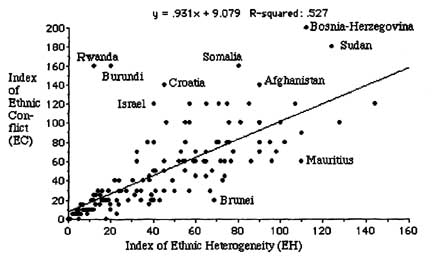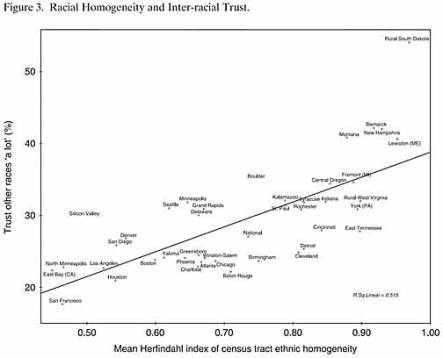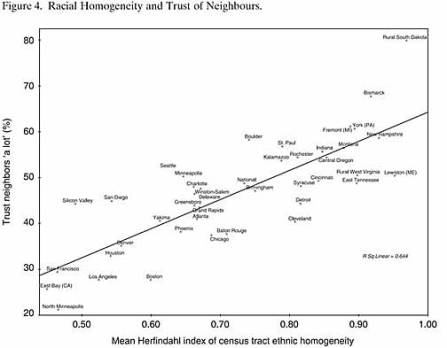Right, the starting place for any serious look at the word and concept ‘racism’ has to be loaded language. Why is that? Because ‘racism’ is a carefully and deliberately designed piece of such language.
So what is loaded language? Loaded language is language which attempts to persuade by appealing to your emotions. ‘Racist’ is very likely the preeminent example of such a word in modern discourse. ‘Fascist’/’Nazi’/’anti-Semite’/’White supremacist’, etc. are others that modern ethno-nationalists of European descent will be all too familiar with.
So how does it actually work? That’s simple. Human beings are adept at learning. One way we learn is through conditioning – when two stimuli are experienced together repeatedly, we learn to unconsciously associate them with one another, so that experiencing one on its own triggers the other. This goes with language, whereby we learn to associate particular things with particular sounds, so that the sound itself comes to trigger in us the memory or sensation of the thing it’s paired with. But words don’t just have explicit meanings – they also have connotations (including very strong emotional responses!) And so it’s very easy to see how this can be and is routinely used in propaganda to influence you at the pre-rational level. All the Cultural Marxists need to do is to repetitively associate a word like ‘racism’ with an extremely negative emotional response (by, for example, constantly using the word ‘racism‘whilst describing genocide, ethnic cleansing, racially motivated violence, etc.) and then constantly use the same word – ‘racism’ – to describe tangentially related phenomena which the Cultural Marxist wishes to stigmatise (e.g. ethnic pride or loyalty on the part of European descended people). In this way it’s possible to transfer the understandably negative reaction we have towards genocide over to perfectly innocuous (and perfectly necessary!) things such as looking out for one’s ethnic interests if you’re of European descent. Et voilà! The Cultural Marxist has got people running scared from the very intellectual positions they most need if they’re going to defend themselves against ethnic displacement (or worse…)
As for the word itself, ‘racism’ is deliberately misleading and its purpose is to confuse two quite distinct phenomena:
- Actively doing harm to somebody because of their race, and
- Merely refraining from doing good to somebody because of their race.
Only the former is considered wrong for non-Whites, but both are considered wrong when it comes to Whites. And that really is the whole point of the term ‘racism’; it serves to convince White people that they are under a moral obligation to let non-Whites into their countries, give them a portion of their wealth, provide services for them and get nothing in return, etc.
It’s also dubious from the point of view that ‘racism’ – in the sense of actively harming someone because of their race – is wrong because it involves harming somebody for no good reason; not because somebody has been treated differently because of their race – which is something people do all the time, much like we treat people differently according to their gender or their age, for example. Clearly, Cultural Marxism is complete and utter nonsense to anyone with at least a single brain cell on active duty.
And that’s the crux of it: our continuing inability to differentiate different forms of ethnic and racial discrimination enables the Left to carry out its long-lived campaign to systematically distort language and its accompanying meaning, specifically in order to stigmatise any sense of ethnic loyalty or kinship on the part of European descended peoples. It also leads to such inanities as Whites who claim a preference for the company of members of their own group(s) being met with cries of “racial hatred” (?!?)
In conclusion, it must be said: it’s imperative for those us concerned with ethnic survival, as well as the survival of our very civilisation, that we systematically deconstruct and destroy such malignant, Cultural Marxist newspeak.





